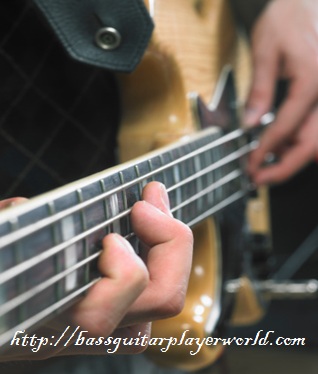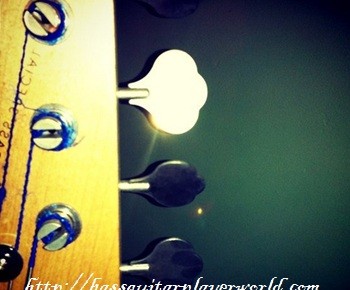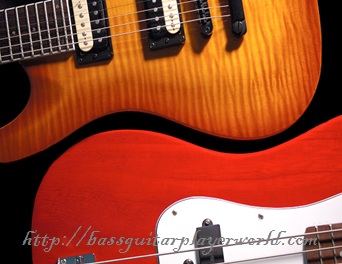Staccato – Playing Short And Sharp Rhythms
 Experimenting with your instrument is what music is all about. Trying new techniques, different ways to approach old, ingrown habits; it separates a musician from a hobbyist.
Experimenting with your instrument is what music is all about. Trying new techniques, different ways to approach old, ingrown habits; it separates a musician from a hobbyist.
One of the most unique and exciting techniques is staccato. Staccato is a form of note which is shortened and separated by a rest.
Unlike most techniques involving note dynamics, staccato notes are completely dependent on the picking hand.
Before we get into the lesson, it is important that you assess your level of musical knowledge. To be able to properly play a staccato note, you need to understand basic note values, as well as basic rest values. You also need a steady sense of rhythm.
Learning Some Basic Theory And Counting
Because staccato notes are broken notes, they are easy to lose track of. Be sure you have a steady sense of rhythm before approaching staccato notes. If you don’t, take some time to practice with a metronome. When using the metronome, be sure you are staying within your time signature regardless of the tempo. Be aware of your note values in relation to your time signature as well.
Once you have an established sense of rhythm in bass playing, the next thing you need to learn to properly play staccato notes is how to mute. As stated earlier, staccato notes are purely the work of your picking hand.
If you try and use your fretting hand to end notes early, you will wind up throwing off your rhythm and muddying up your note clarity. This means you need to have a well-developed muting technique.
How to Get Rid of Lingering Noises Instantly

Many bass players prefer to use their palm to mute a note. This is achieved by keeping your hand a half inch above the strings and, when rests are necessary, pressing your palm into the strings firmly to stifle their sound.
The second muting technique is grabbing. While grabbing is great, it may make for exceedingly difficult staccato notes, as you will need extremely fast hands to keep up with the speed of the notes.
The third option is laying your finger across the string when the rest comes up. This is very similar to the palm technique, and is likewise very effective for use with staccato notes.
Get Ready to Move On From Solid Foundations
Once you have your hand developed, you have won more than half of the battle. Now it’s time to learn to play staccato notes. For our example, we will use an eighth note staccato note. To play an eighth note staccato note, you would play a simple eighth note.
When the eighth note is nearly three quarters through its intended duration, you will need to stop the note. This extremely small pause is what makes a staccato note so unique. When used properly, a staccato note can help achieve a broken up feeling. This lends itself very nicely to run of the mill, boring patterns.
When you feel comfortable with the abrupt stop at the end of the staccato note, the final step is to try and use it within the context of your own music. Not only will this help you to achieve a different sound, but it will also help you to become more fluent with staccato notes. Aswith any other technique, practice hard, and have fun!
Check Out The Perfect Learning Tool For Bassists of All Skill Levels
JamPlay offers the best online bass instructions on the Internet. With hundreds of professionally recorded lessons, Jamplay is the ideal place to learn the basics and improve your bass playing skills. With great teachers and carefully planned lesson structures, I guarantee you will be able to take your bass playing to a higher level in no time.
Related Articles
Comments are closed.





